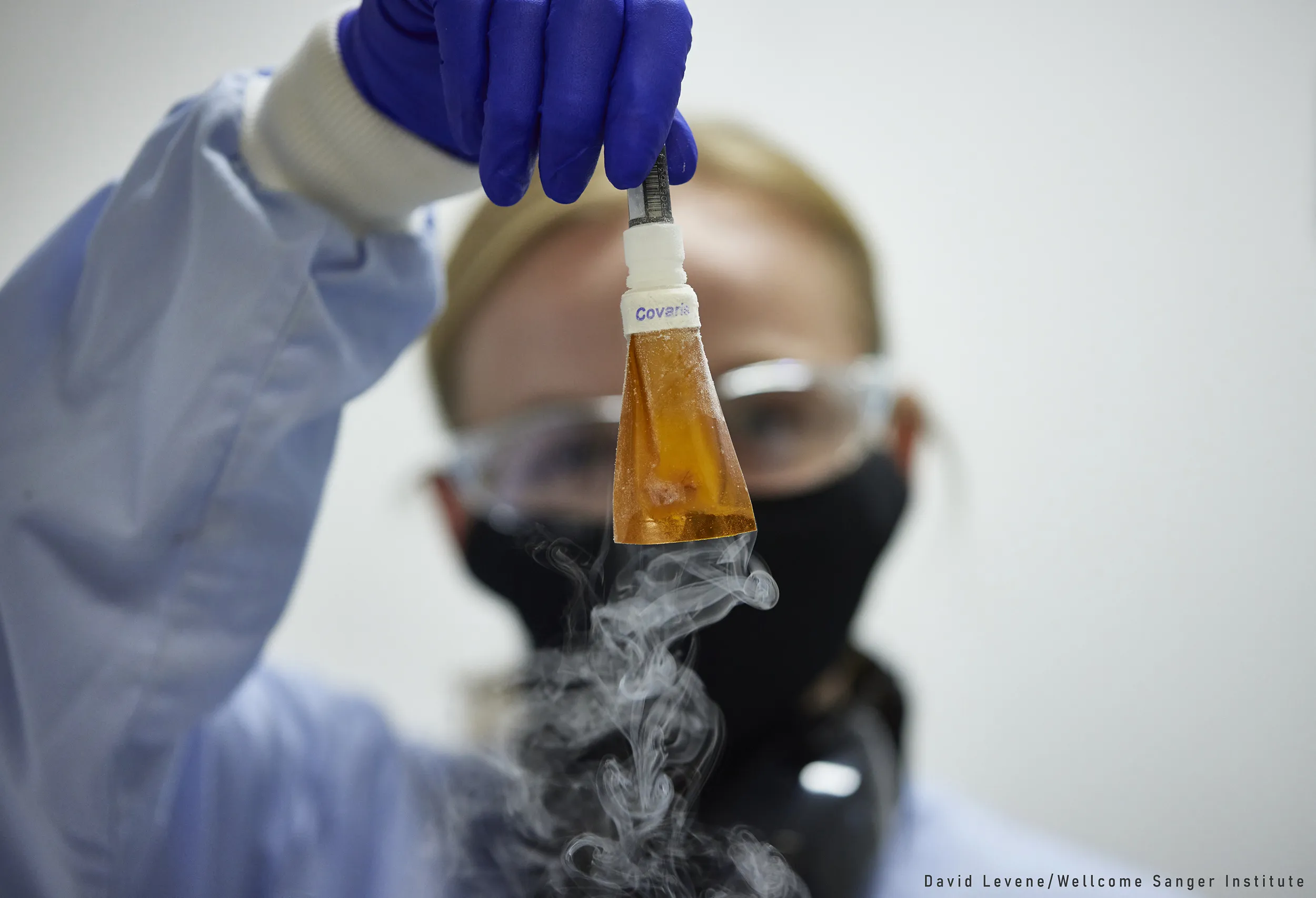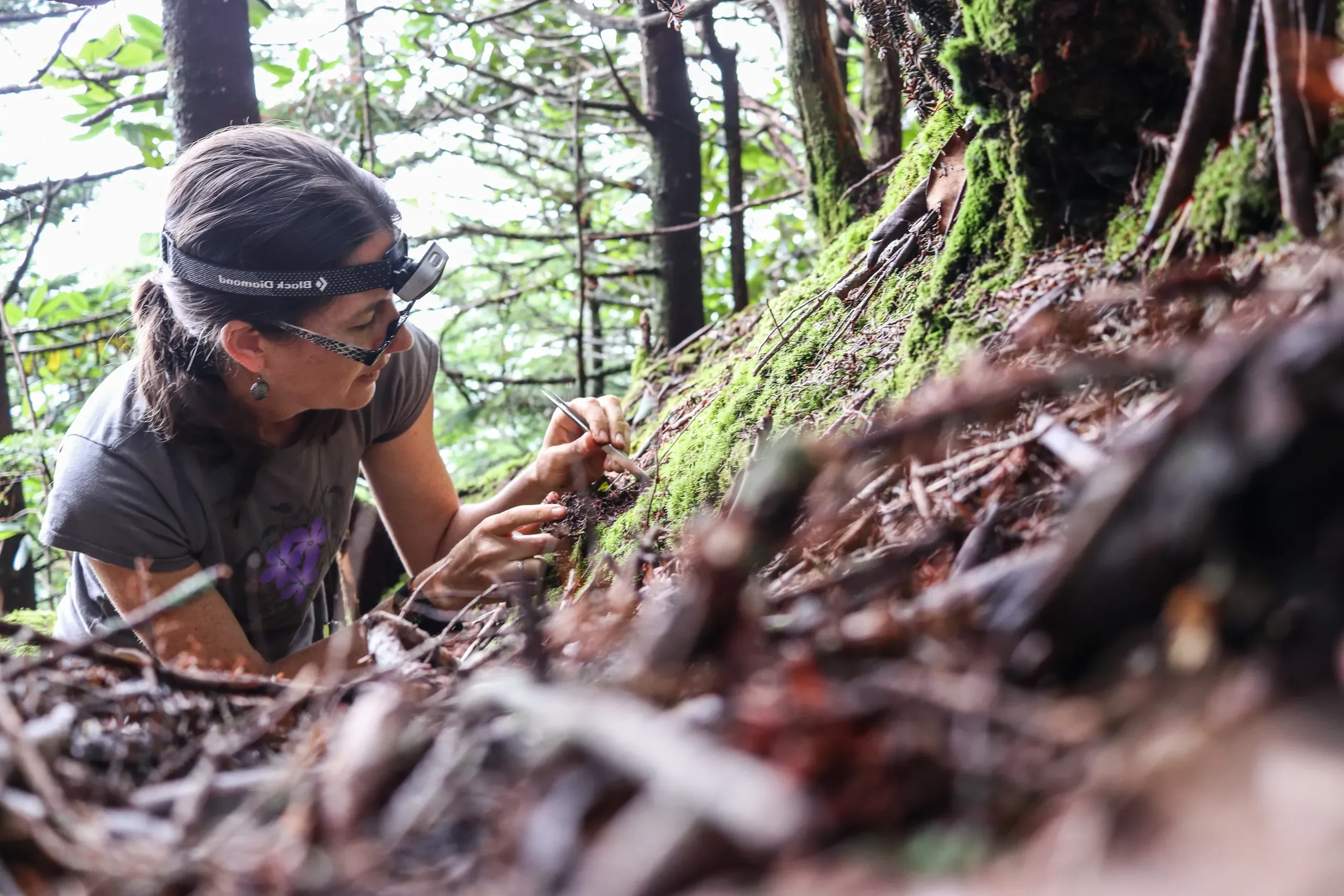The ultimate goal of BGE is to deliver knowledge to improve our capabilities for effective biomonitoring, biodiversity conservation and species discovery. This requires systematic, as well as scientific, developments. We are building capacity for joint working at the European level; increasing the production of genomic data across communities and borders; and improving the efficacy of management interventions and biomonitoring programmes with sound genomic tools.
This substantial systemic impact supports the long-term, broader scientific impact of the project.
Increasing capacity: A distributed European infrastructure
Dimitris Koureas, BGE Director, discusses the systemic impact of BGE:
“BGE is a mechanism through which we can go out from the limitations of national investments in genomics and into the European level”
Global challenges such as biodiversity loss demand us to take genomic research beyond national boundaries to the European level. To achieve this, BGE brings together two newly formed European networks: iBOL Europe, which focuses on DNA barcoding, and the European Reference Genome Atlas (ERGA), which focuses on genome sequencing.
By building collaboration between European-level networks, BGE is connecting people, data, and infrastructures across the continent, uniting currently fragmented activities into a common European programme of genomics research, and lowering access barriers to biodiversity genomics research across European nations.
Increasing production: a European system of genomic data delivery
BGE is establishing a system of distributed facilities and teams across Europe (including museums, sequencing centres and research communities) to share common workflows, toolkits and resources across the entire process of genomic research: from field to lab to data and finally to application. Through this, BGE is creating a Europe-wide pipeline of genomic data production for biodiversity characterisation, conservation and biomonitoring.
Increasing application
BGE is establishing Europe-wide research mechanisms for genomics research, enabling large-scale, sustainable systems for effective biomonitoring, species discovery and biodiversity conservation across the continent.
The strength of this pan-European approach, supported by the adoption of Standard Operating Procedures (SOPs) and technical and scientific roadmaps for upscaling, clears the way for embedding the use of biodiversity genomics data in science policy.





